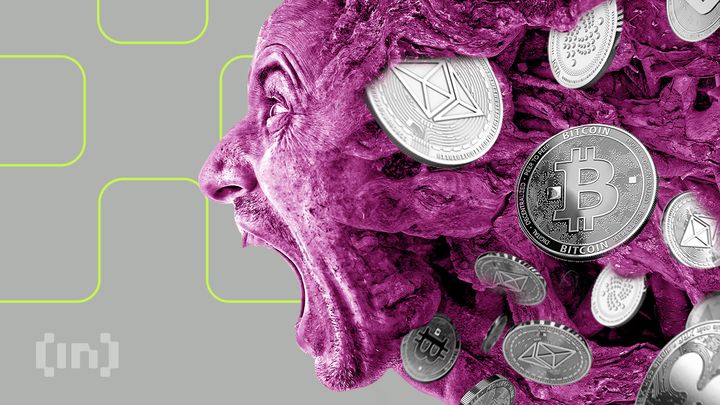While offering revolutionary financial services, the decentralized finance (DeFi) sector has been plagued by a series of risks and exploits. According to IntoTheBlock, the DeFi ecosystem lost a staggering $58.78 billion from 2020 to 2023 due to exploits.
This alarming figure underscores the critical need for effective risk management strategies within the DeFi ecosystem.
Risk Management Challenges in DeFi Protocols
DeFi risks predominantly fall into two categories: technical and economic.
- Technical risks involve potential vulnerabilities in protocol code that malicious actors can exploit. These were evidenced by incidents like The DAO hack and the Ronin Network bridge exploit.
- Economic risks are linked to imbalances in protocol supply and demand dynamics, leading to depositor losses. For instance, the Terra and UST collapse and oracle manipulation attacks.
Given this backdrop, IntoTheBlock introduced the DeFi Risk Radar, which presents an intriguing development risk management. This tool aims to provide transparency by aggregating DeFi data and making it more accessible and understandable. It offers a real-time overview of assets and market conditions.
The platform includes risk dashboards with quantitative risk signals for individual DeFi protocols and markets and programmable APIs for monitoring DeFi protocols. For instance, in Automated Market Maker (AMM) protocols like Curve, users can find valuable signals such as slippage or addresses actively arbitraging positions. Similarly, in lending protocols, different signals identify conditions like liquidations or accumulating bad debt in a lending market.
Read more: Crypto Project Security: A Guide to Early Threat Detection
Considering the high stakes involved in capital deployment, the importance of such a tool in the DeFi ecosystem cannot be understated.
“Liquidations, slippage, depegging scenarios, impermanent loss, and many others, are responsible for hundreds of millions of losses in DeFi protocols every year. Investors, and especially those deploying capital in DeFi at scale, need ways to model and manage these risks. Because of this, we expect risk management to become a fundamental element in the next phase of DeFi,” IntoTheBlock’s Head of Research Lucas Outumuro told BeInCrypto.
However, it is essential to maintain a critical perspective on such developments. While the DeFi Risk Radar offers comprehensive insights, its efficacy in real-world scenarios remains to be thoroughly evaluated.
How to Detect Risks In Established Ecosystems
To illustrate the effectiveness of IntoTheBlock’s DeFi Risk Radar, consider the case of Avalanche. This is a prominent layer-1 blockchain that encountered a delicate situation in March 2023.
With a total value locked (TVL) nearing a billion dollars, Avalanche’s native token, AVAX, found itself in a precarious position, marked by a market capitalization of $100 million and an estimated daily trading volume of $3 million.
The risk in Avalanche’s ecosystem was particularly complex. For instance, some protocols permitted borrowing of sAVAX, a staked version of AVAX. This feature inadvertently set the stage for potential economic attacks. Indeed, an attacker could exploit this by borrowing sAVAX, selling it on the open market, and simultaneously initiating a perpetual short hedge against it.
This strategy could trigger a domino effect, potentially leading to cascading sAVAX liquidations and the de-pegging of sAVAX from native AVAX. This is a particular scenario that has occurred previously with significant price disparities.
Read more: Identifying & Exploring Risk on DeFi Lending Protocols

The IntoTheBlock’s DeFi Risk Radar could theoretically assist in identifying and mitigating such complex risks. Indicators like the Health Factor distribution and High-Risk Loans are particularly relevant in this context. They could help investors monitor liquidatable positions over a certain threshold, such as those with a Health Factor below 1.10, which could significantly impact protocol markets and trigger cascading liquidations.
Disclaimer
In adherence to the Trust Project guidelines, BeInCrypto is committed to unbiased, transparent reporting. This news article aims to provide accurate, timely information. However, readers are advised to verify facts independently and consult with a professional before making any decisions based on this content. Please note that our Terms and Conditions, Privacy Policy, and Disclaimers have been updated.



